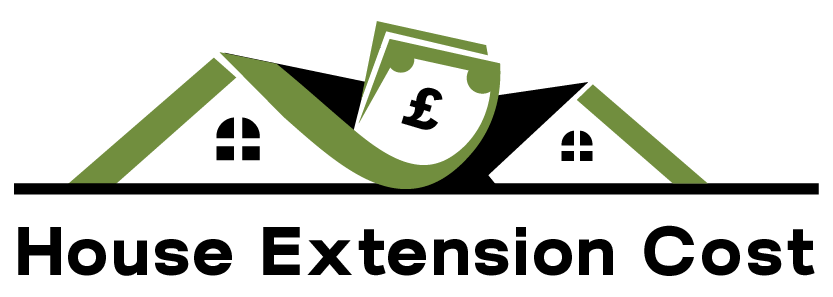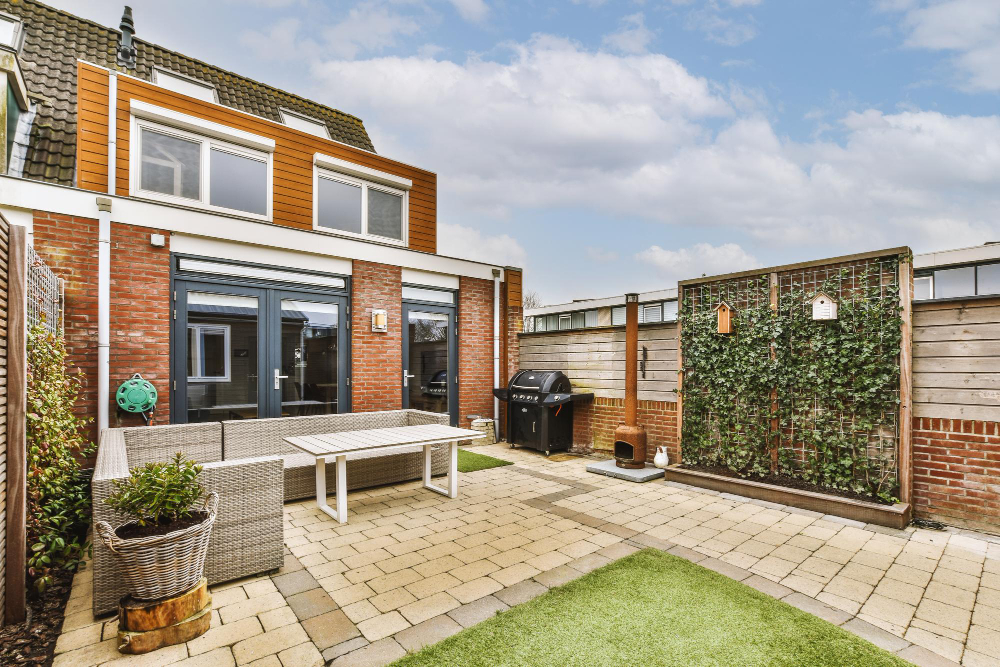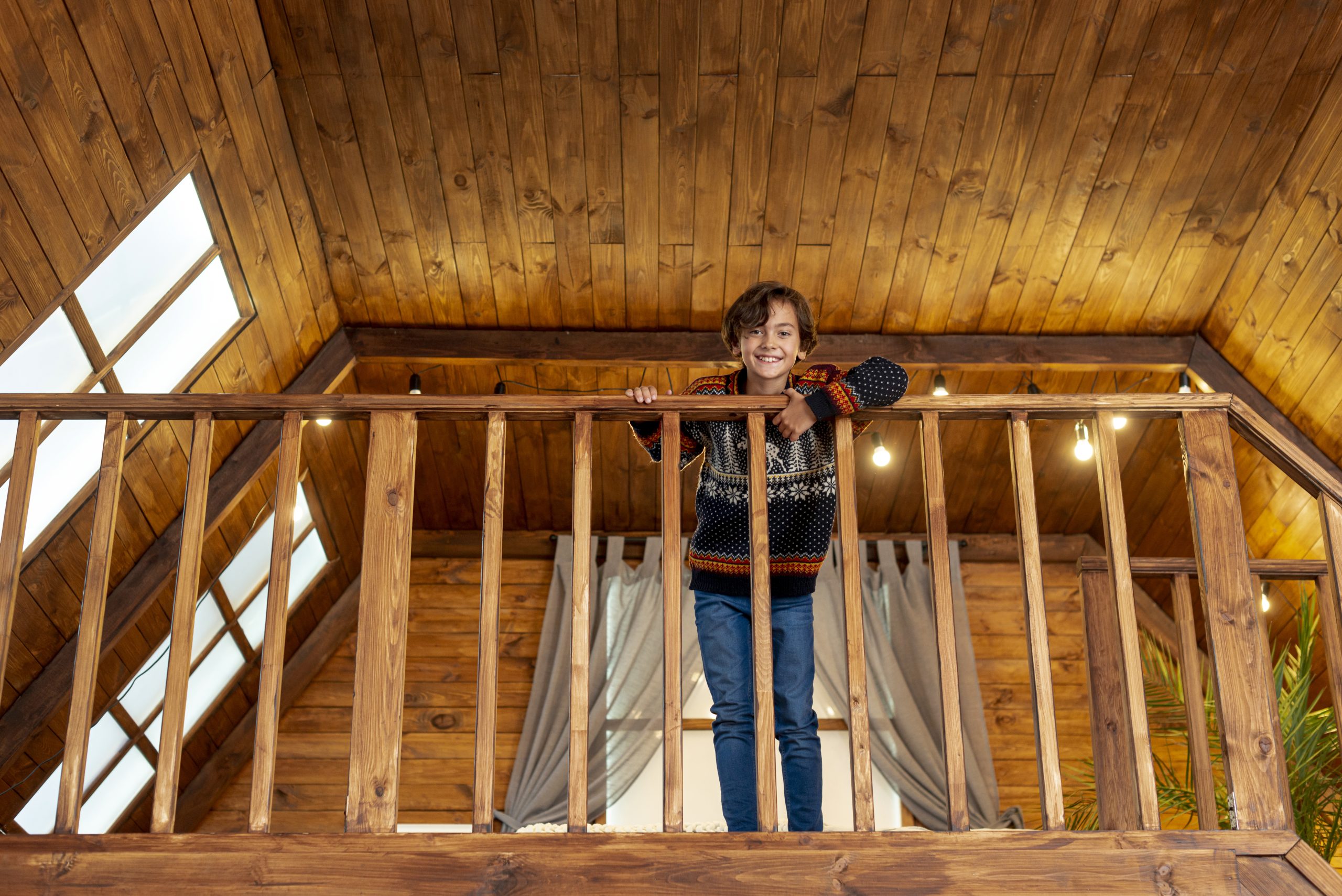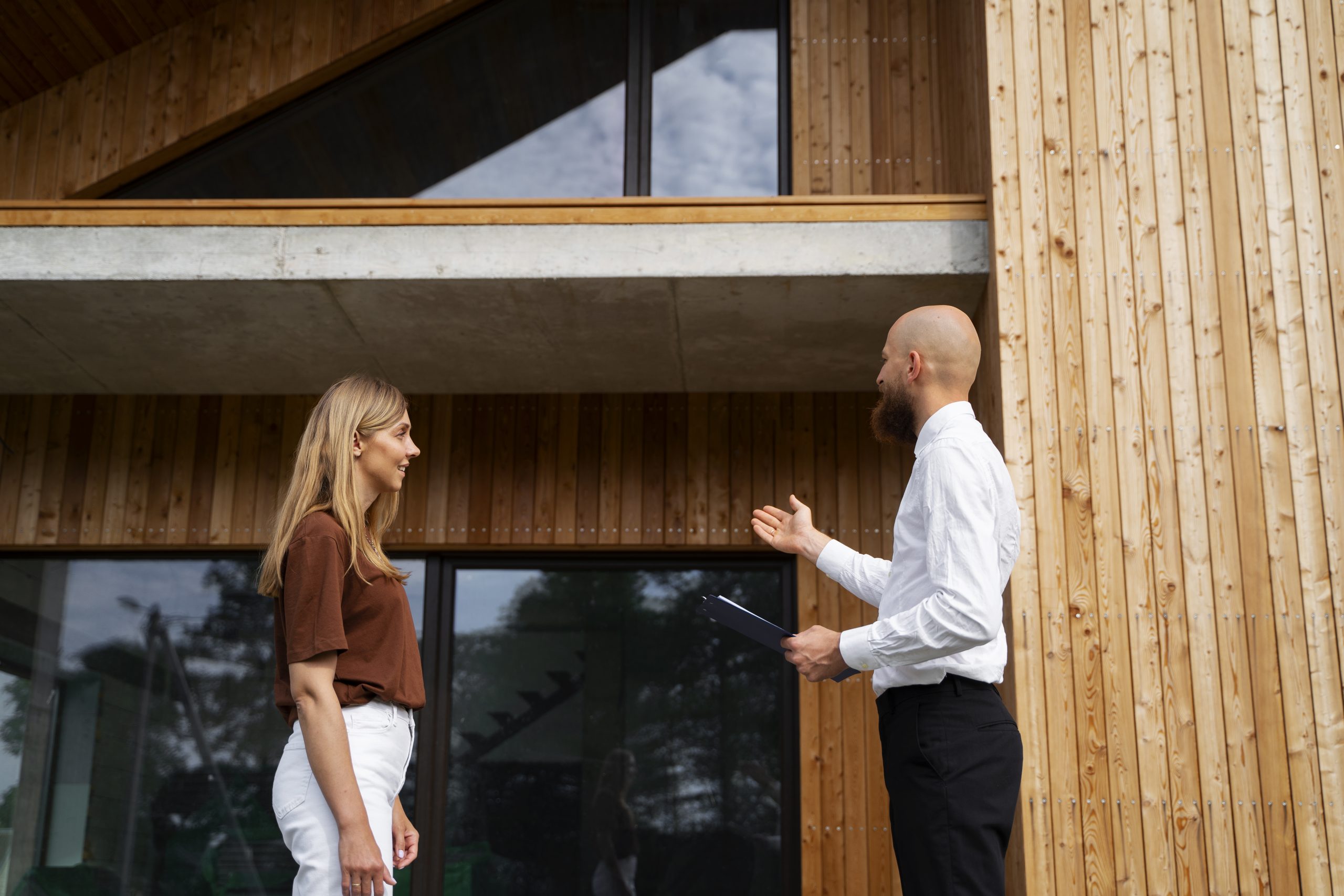Expanding your home is an exciting prospect, but it comes with a significant financial commitment. How do you know you’re making the right investment with a wraparound extension?
You could be overwhelmed with the potential costs and the disruption to your home life. Will you be able to afford it? Will it really add value to your home?
A wraparound extension offers unparalleled benefits in terms of space and property value, and with careful planning and budgeting, you can transform your home without breaking the bank. This guide will help you understand the costs involved, the factors that influence pricing, and how to plan effectively for your dream extension.
What is a Wraparound Extension?
A wraparound extension combines both side and rear extensions to create an L-shaped layout that wraps around your home. It’s a popular choice for homeowners looking to maximize their ground-floor space without sacrificing outdoor areas. This extension type is particularly well-suited for period homes, especially terraced houses that have narrow alleyways on the side. It allows homeowners to increase living space in areas like kitchens, dining rooms, or living rooms and adds to the overall aesthetic appeal of the property.
Wraparound extensions are a great way to create more open-plan spaces, offering flexibility to adjust the layout to suit your needs. Whether you’re looking to create a larger kitchen, open-plan living space, or add extra bedrooms, a wraparound extension provides the opportunity to transform your home and enhance your lifestyle.
Factors Affecting Wraparound Extension Cost
Before diving into the estimated costs, it’s essential to understand the various factors that will impact the final price of your wraparound extension. From design choices to location and materials, several elements play a role in determining the cost.
1- Size and Design
The size of your extension is the most significant factor affecting the cost. Larger extensions require more materials, labor, and planning. A 40m² extension, for example, will naturally cost more than a 20m² one. Additionally, the complexity of the design can also influence costs. For instance, a simple rectangular wraparound will typically cost less than a custom design with angled walls or complex structural features.
The shape of the extension, whether it’s an L-shaped or U-shaped layout, will also play a part in the cost. Intricate designs that require more detailed work will generally increase the budget.
2- Materials and Finishes
The materials you choose for your wraparound extension can have a significant impact on the overall cost. High-end materials such as premium flooring, custom windows, or decorative features like stone facades or specialized glass can increase the price considerably. Conversely, opting for more standard finishes, such as timber cladding or uPVC windows, may help keep the costs within your budget.
If energy efficiency is a priority, you may choose more expensive insulation materials or triple-glazed windows. While these materials may have a higher upfront cost, they can lead to savings in the long run on energy bills.
3- Planning Permission and Building Regulations
In the UK, planning permission is often required for wraparound extensions, although there are cases where permitted development rights may apply. The cost of planning permission varies depending on location and the complexity of the project. You may also need architectural fees to design the plans, as well as fees for structural engineers or planning consultants.
Additionally, adhering to building regulations may require further adjustments to your design, especially if your extension includes electrical work, plumbing, or structural changes. These adjustments can increase both the time and cost of the project.
4- Site Conditions
The condition of your existing property and the site where the extension will be built can affect costs. If your site requires extensive preparation, such as clearing trees, removing old structures, or dealing with challenging soil conditions, the costs will rise. Sloping ground, poor soil quality, or the need for additional drainage can add substantial expenses to the project.
Likewise, if the land requires extensive leveling or if you need to dig deep foundations to support the extension, these factors will also increase the budget.
5- Structural Work
Wraparound extensions often involve significant structural changes, such as removing load-bearing walls, adding steel beams, or adjusting foundations. The complexity of the structural work can have a major impact on the cost. Depending on the level of engineering involved, the cost of structural work can add a substantial amount to the overall price of the extension.
6- Windows and Doors
The type and number of windows and doors you choose will also influence the cost of your wraparound extension. Large, high-quality windows or bi-fold doors can enhance the look and functionality of your extension but may increase costs. Opting for energy-efficient glazing or custom-designed windows can raise the price, though it may also contribute to long-term savings on heating and cooling costs.
Estimated Costs of a Wraparound Extension
Now that we’ve covered the factors that influence the cost, let’s dive into some rough estimates of what a wraparound extension might cost.
Basic Wraparound Extension: A basic wraparound extension, which includes minimal features and standard finishes, typically costs between £1,200 and £1,500 per square meter. For a 25m² extension, this would result in a cost of approximately £30,000 to £37,500.
Standard Wraparound Extension: A more standard extension, with mid-range finishes and standard materials, will cost between £1,500 and £2,000 per square meter. For a 40m² wraparound, the cost could range from £60,000 to £80,000.
High-End Wraparound Extension: A high-end wraparound extension, featuring premium materials, luxurious finishes, and advanced features, can cost upwards of £2,000 per square meter. For a 40m² extension, this could push the total cost to £80,000 to £100,000 or more.
These estimates do not include additional costs such as architect fees, structural engineering costs, planning permission fees, or any unforeseen costs that might arise during the construction process. Be sure to budget for these extra expenses to avoid any surprises down the line.
Additional Costs to Consider
When budgeting for a wraparound extension, there are a few additional costs you should factor in:
- Architect and Design Fees: Typically 8-12% of the total cost of the project.
- Structural Engineer Fees: Can range from £1,000 to £3,000, depending on the complexity of the design.
- Planning Permission Fees: Usually between £200 and £500, though the costs can vary by location.
- Surveying Costs: You may need a property survey or a party wall survey if you share walls with neighbors. These costs can range from £250 to £1,500.
- Contingency Budget: It’s always a good idea to have a contingency budget of 10-15% for unexpected expenses.
Cost-Saving Tips for a Wraparound Extension
While a wraparound extension can be a costly investment, there are several ways to save money without compromising on quality.
- Plan in Detail: Thorough planning from the outset can help minimize changes during construction, which can add to the cost. Work closely with your architect and contractors to ensure the design and budget align from the start.
- Compare Quotes: Always obtain multiple quotes from contractors to find the best price. Don’t be swayed by the lowest quote, but look for value and experience.
- Choose Cost-Effective Materials: While high-end materials can enhance the look of your extension, they also come with a price tag. Opt for durable and cost-effective materials that still meet your aesthetic and functional needs.
- Energy Efficiency: Investing in energy-efficient materials and insulation may cost more upfront, but it can save you money on heating and cooling in the long term.
- Consider Phased Construction: If your budget is limited, consider breaking the project into phases. Start with the basic shell of the extension and complete the interior finishes at a later date.
The Long-Term Value of a Wraparound Extension
A well-executed wraparound extension can significantly increase the value of your property. Many homeowners find that their investment in a wraparound extension pays off when they sell their home. According to property experts, adding square footage to your home can increase its market value by up to 20%. Additionally, the improved flow of space and the ability to create more functional living areas will make your home more attractive to potential buyers.
Wraparound extensions also improve your living experience in the long term. By creating open-plan spaces, you’ll enhance the natural light in your home, making it feel more spacious and airy. This transformation not only adds value but also improves your overall quality of life.
Conclusion
A wraparound extension is a fantastic way to add space, functionality, and value to your home. While the cost can be significant, with careful planning and budgeting, it’s possible to create a stunning and functional extension that meets your needs. From choosing the right materials to planning the design and managing costs, understanding the factors that affect pricing will help you make informed decisions. If you’re ready to transform your home with a wraparound extension, be sure to consult with professionals who specialize in these types of projects.



